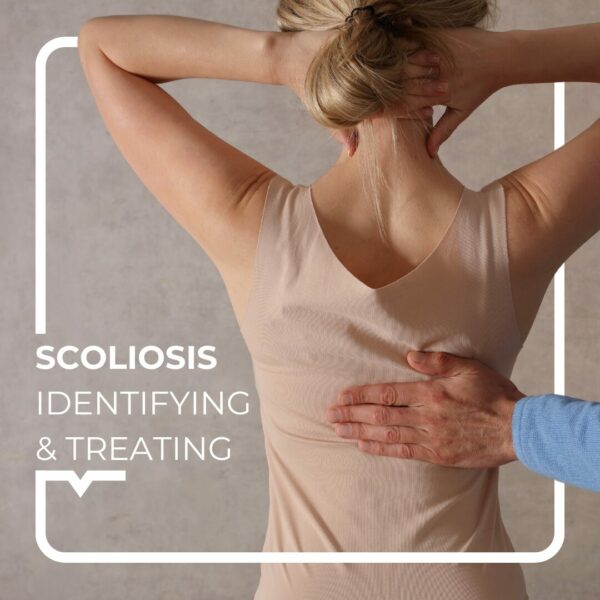What is Parkinson’s disease
Parkinson’s disease is the second most common neurodegenerative disease after Alzheimer’s disease. It is a chronic disease with a slow and progressive evolution. It is characterized by the destruction of dopamine neurons, those involved in the control of body movements.
Patients remain asymptomatic until 50-70% of these neurons are destroyed. The first symptoms usually appearing around the age of 60. The causes of this neuronal degeneration are uncertain, but a combination of genetic and environmental factors is suspected by scientists.
Parkinson’s disease symptoms
The disease is characterized by a combination of 3 motor symptoms:
- Resting tremors occur when body parts are not moving and muscles are relaxed. Most often, they affect an upper limb such as the arm, hand, or wrist. It can also occur in the head.
- Akinesia is slowness and difficulty of movement. It interferes with all daily activities: slow and progressively smaller handwriting, slow and hesitant walking, difficulty getting up from a chair and turning over in bed, etc.
- Rigidity of the limbs (hypertonia) leads to muscle pain and stiffness. It can affect all muscles in the body but is usually concentrated along the spine, resulting in a stooped, forward-leaning posture.
These three signs are not necessarily present at the same time. It may also be associated with other non-motor symptoms: mood disorders, sleep disorders, cognitive disorders, smell disorders, fatigue, pain, constipation, incontinence, depression, etc. A disabling disease that reduces the autonomy, relational and professional life, and quality of life of patients.
Parkinson’s diagnosis and treatment
Its diagnosis is based essentially on the examination of the warning signs of the above-mentioned symptoms, taking into account the patient’s general condition. In some cases, imaging tests (CT scan, MRI, etc.) may be carried out, but are not essential for the diagnosis of the disease. The GP or the geriatrician do the Parkinson patient follow-up.
If Parkinson’s disease is not curable, symptoms can be relieved by medication and physical and speech rehabilitation. These solutions can improve the quality of life of patients, but do not slow or stop the progression of the disease.
This information is not a substitute for medical advice. You must seek the advice of your doctor or another qualified health professional with any questions you may have regarding your health condition.
Find out about family medicine


